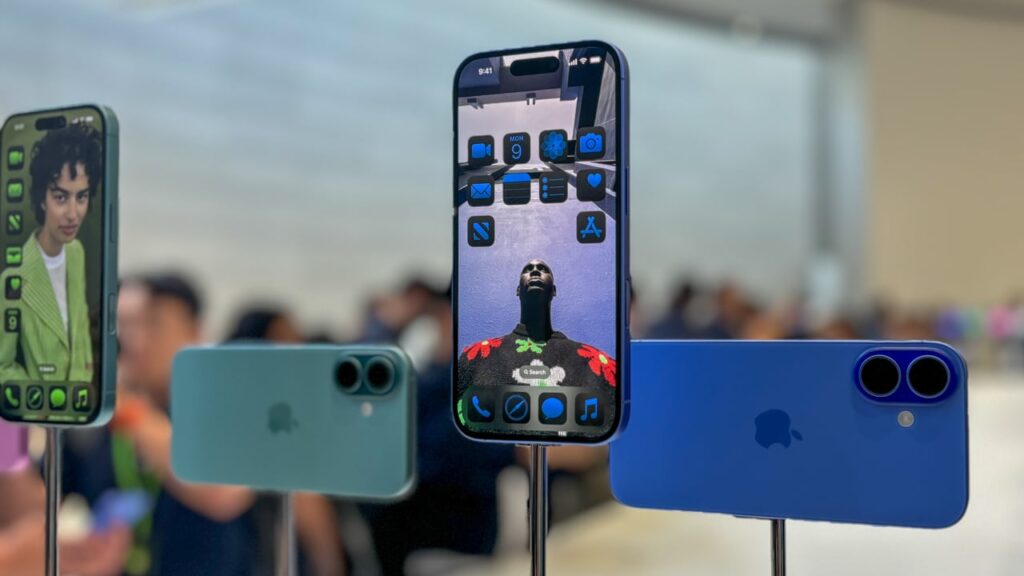Strapline: A comparative look at the iPhone 16 series and its top Android rivals.
Launched in September 2024, the iPhone 16 and iPhone 16 Pro arrived with Apple’s signature blend of sleek design and powerful performance. But the Android market has stepped up its game considerably, offering compelling alternatives with cutting-edge features and competitive pricing. So, how does the iPhone 16 stack up against the best Android flagships? Let’s dive into a detailed comparison.
Design and display: Where Apple shines
Apple continues to impress with its meticulous craftsmanship. The iPhone 16 series showcase a premium design, with durable materials and a refined aesthetic. While Android manufacturers offer diverse designs, the iPhone maintains a distinct and instantly recognisable look. Both the iPhone 16 and iPhone 16 Pro feature stunning displays with vibrant colours and excellent brightness, though some Android flagships offer higher refresh rates for even smoother scrolling.
Performance: The A18 chip reigns supreme
Apple’s A18 Bionic chip (and A18 Pro on the Pro models) powering the iPhone 16 series delivers blazing-fast performance, outperforming most Android competitors in benchmarks. Everyday tasks are handled with ease, and demanding games run smoothly. However, top-tier Android phones with the latest Snapdragon processors are catching up, offering comparable performance in many scenarios.
Camera capabilities: A close contest
The iPhone 16 and iPhone 16 Pro continue to excel in photography, offering impressive image quality and intuitive camera software. Apple’s computational photography prowess shines through, particularly in low-light conditions. However, Android flagships like the Google Pixel 9 Pro and Samsung Galaxy S24 Ultra offer equally impressive camera systems, with innovative features like astrophotography mode and incredible zoom capabilities.
Software and ecosystem: iOS vs. Android
The iPhone 16 series run on iOS 18, known for its user-friendly interface and robust security features. Apple’s tightly controlled ecosystem ensures seamless integration across devices like Macs and iPads. Android, on the other hand, offers greater customisability and openness. The choice between iOS and Android often comes down to personal preference.
Battery life and charging: Room for improvement
While the iPhone 16 series offers decent battery life, it’s an area where some Android flagships have a clear advantage. Phones like the Vivo X200 Pro and Oppo Find X8 Pro offer larger batteries and significantly faster charging speeds. Apple needs to improve in this department to remain competitive.
m Price: A premium proposition
The iPhone 16 and iPhone 16 Pro remain premium devices with a price tag to match. While they offer exceptional features and performance, many Android flagships provide comparable value at a lower cost. This is a crucial factor for budget-conscious consumers.
The iPhone 16 and iPhone 16 Pro are undoubtedly impressive smartphones, building on Apple’s strengths in design, performance, and camera technology. However, the Android market has matured significantly, offering compelling alternatives with cutting-edge features and competitive pricing.
The best choice depends on individual needs and priorities. If you value seamless integration with Apple’s ecosystem and prioritise user experience, the iPhone 16 remains a strong contender. But if you’re looking for the absolute best value or specific features like faster charging or a more customisable operating system, exploring Android flagships is highly recommended.








